Despite being the largest city in the country and the starting point for many activities in southern Vietnam, Ho Chi Minh City, or Saigon, is not particularly attractive, especially if you’ve traveled from north to south.
It is home to the War Museum, one of the most awe-inspiring museums in Southeast Asia, but otherwise, you could easily skip this bustling metropolis without it detracting from your trip.
However, many agencies that organize excursions to the Mekong Delta or the Cu Chi Tunnels are based in Ho Chi Minh, so it’s likely you’ll end up spending a few nights in the city.
There may be other reasons for visiting this vibrant city, such as obtaining a visa, catching a flight, or buying a bus ticket to travel to Cambodia. Don’t worry, though, because in this guide, we’ll cover motorbikes, and what there is to see in Ho Chi Minh: temples, museums, and historic buildings.
Ho Chi Minh City, Vietnam’s largest city, has undergone several changes in control throughout its history, since it was founded by Nguyen Huu Canh around 1698.
When we talk about changes, we’re referring to French colonization in the 19th century, the Japanese occupation during World War II, and the renaming of Saigon to Ho Chi Minh City in honor of the communist leader after the reunification of North and South Vietnam.
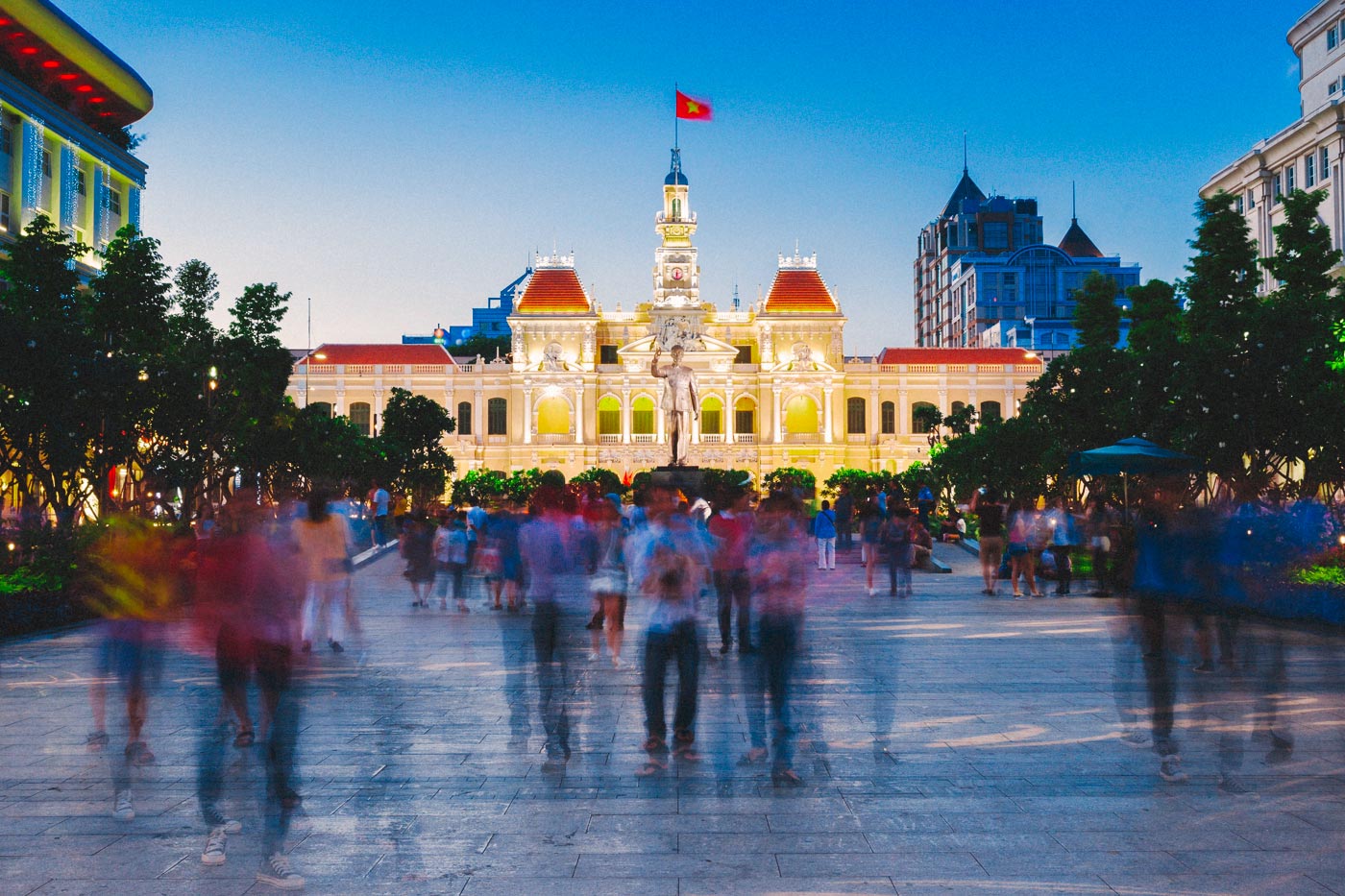
Perhaps that’s why the city has a different vibe compared to more charming places like Hoi An or Hanoi.
Ho Chi Minh City is located in southern Vietnam and has a humid tropical climate, characterized by two seasons: the dry season and the rainy season. As weather patterns are changing, it’s a good idea to check the forecast before your trip. Below is a breakdown of the two seasons in the city:
Currently, and until further notice from Vietnamese authorities, citizens of 25 countries can travel to Vietnam without having to apply for a visa. You can obtain a 45-day visa exemption for Vietnam, allowing you to stay in the country for over a month and a half for free.
However, if you plan to stay longer, you will need to apply for a Vietnam visa. In the link above (coming soon), you’ll find all the ways to apply for it quickly and easily, with clear explanations.
It goes without saying how important it is to travel to Vietnam with a good insurance. We were the first ones to offer the famous 5% discount on IATI Insurance, but you also have it available with Heymondo Travel Insurance.
Follow the links bellow to get a discount on their website:
Ho Chi Minh City is Vietnam’s largest city, and its airport receives flights from most major Asian cities, including Hong Kong, Bangkok, and Kuala Lumpur. It also has numerous domestic flight connections. Below are some options for getting to and from Ho Chi Minh:
Many trains arrive and depart from Saigon Station, heading to destinations such as Hanoi, Danang, and Nha Trang. Here are some useful links for train schedules and bookings.
Ho Chi Minh City has about five bus stations that serve different Vietnamese cities as well as Phnom Penh, Cambodia. Generally, the buses are comfortable and safe, with some lines catering specifically to tourists, offering a variety of destinations within the country.
There are several options for traveling to Ho Chi Minh from Phnom Penh, the capital of Cambodia. The most common way is by bus, but many travelers also choose to travel by boat or speedboat along the Mekong River to one of the towns in the delta, and then take a bus to Ho Chi Minh. You can inquire about these options at the port in Phnom Penh for more information.
While many hotels, guesthouses, and restaurants in Vietnam offer free Wi-Fi, some travelers prefer or need a constant connection. We’ve included details on obtaining a eSIM Vietnam card with unlimited data.
A must-see in Ho Chi Minh City is the War Museum, a multi-storey building dedicated to remembering the Vietnam War through objects, photos, and murals. It’s not an easy visit, given the degree of destruction the country suffered during the war and the years that followed.
It’s still heart-racing to see photos of completely destroyed villages, tortured people, and children with various deformities, a direct consequence of the use of Agent Orange during the war.
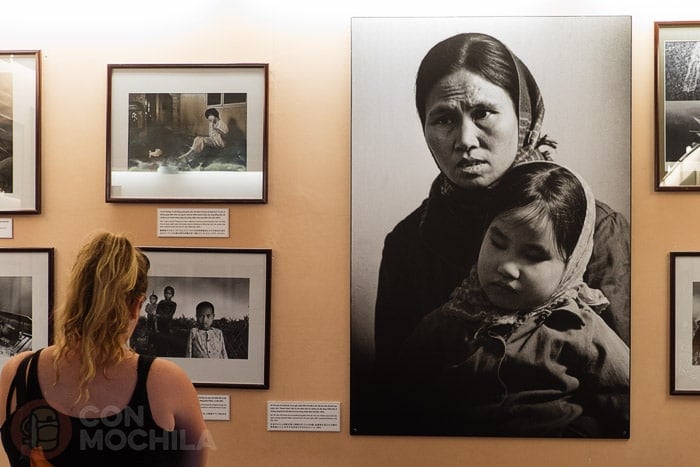
Despite the grim content, it’s a highly recommended visit, as it reinforces what we already know: the devastation and human cost of war.
Built in 1909, the Emperor Jade Pagoda was constructed in honor of Ngoc Hoang, the King of Heaven in Taoism. It’s one of the five most important shrines in Ho Chi Minh City and has long been known as the Turtle Temple, due to the small pond at the entrance.
In the main hall, you are greeted by an image of Ngoc Hoang, flanked by his guardians.
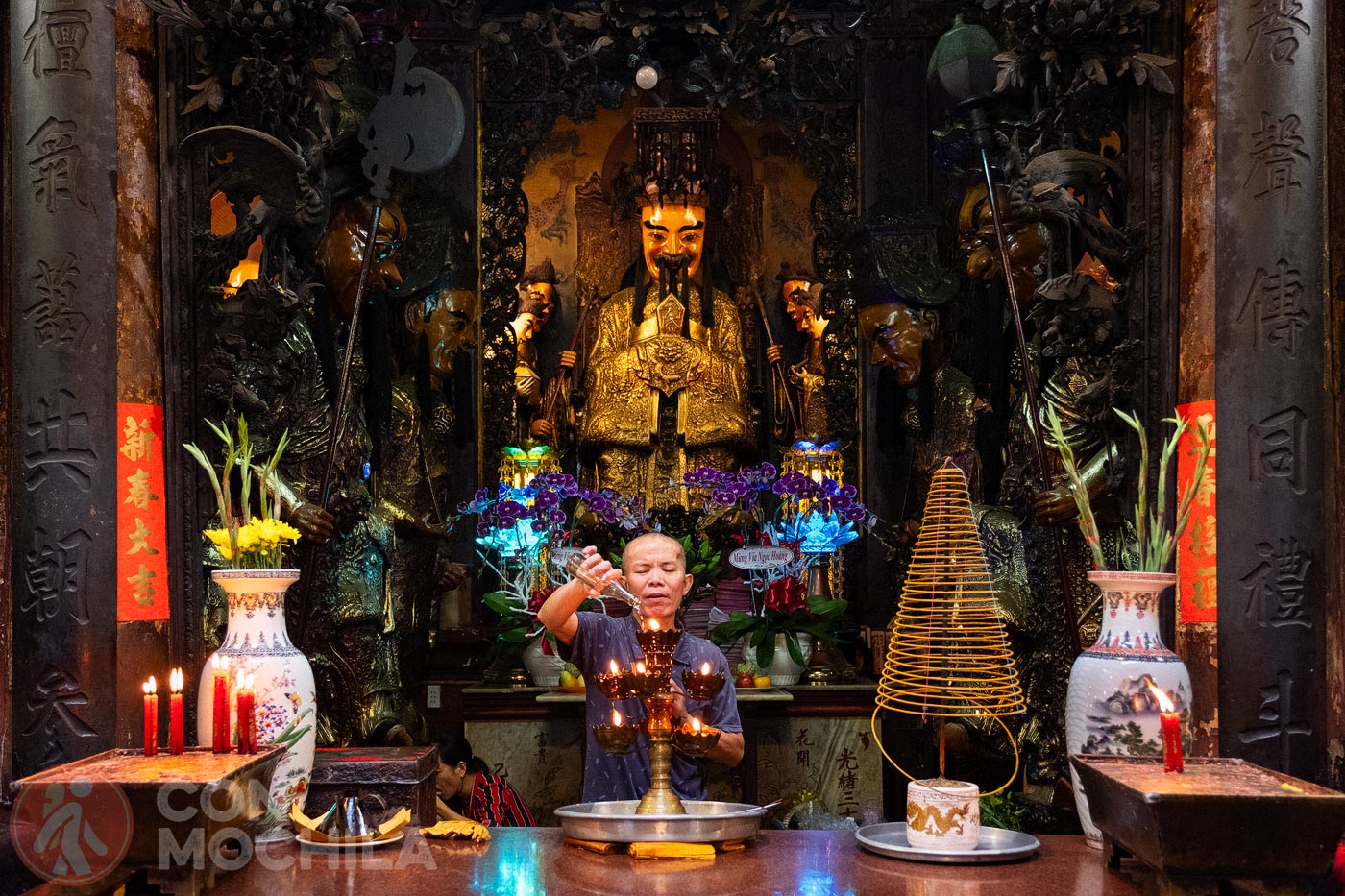
The temple is filled with papier-mâché figures, all with special significance in Taoist culture, such as the Chief of Hell or the Hall of the Ten Hells.
The Saigon History Museum was designed by a French architect and built in 1956. It houses numerous Asian art objects and collections, as well as sculptures brought from Angkor Wat in Cambodia.
A walk through its halls reveals Vietnam’s history, as well as information about the various ethnic minorities living in the country.
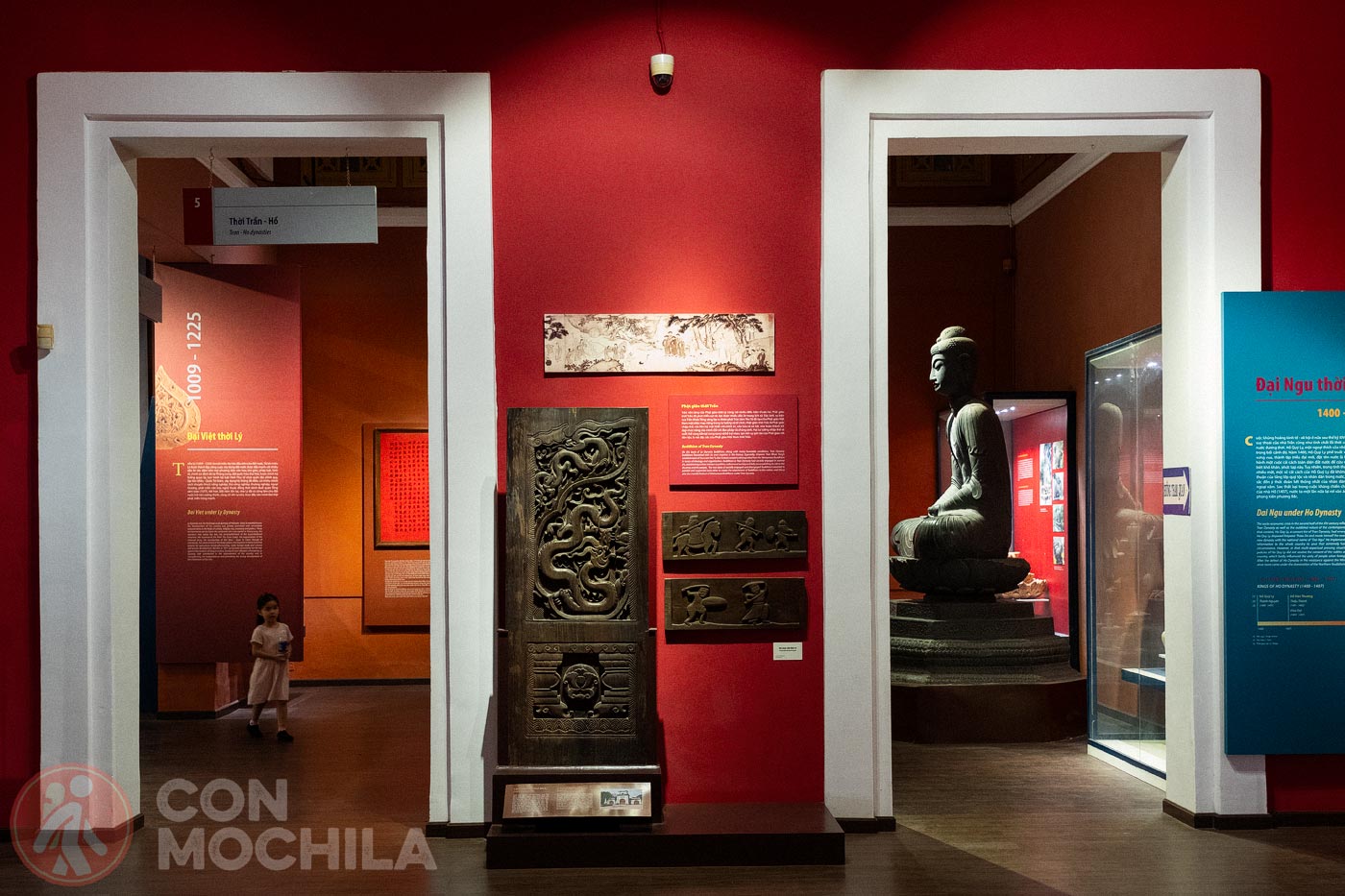
It also covers Vietnam’s recent history, from French colonization to the modern era.
Located in the Binh Thanh District and built in the 18th century, Giac Lam Pagoda is believed to be one of the oldest in Ho Chi Minh City. This Buddhist spiritual center is surrounded by a wall that protects the gardens, where we found a small sacred tree donated by a Sri Lankan monk in 1953.

The main stupa is an imposing seven-story building with beautiful views over the city, and it houses a large white Buddha, one of the temple’s main attractions.
Built during the French colonial era at the end of the 19th century, this Catholic cathedral was originally called the Church of Saigon and later renamed Notre Dame Cathedral. Its two towering 58-meter-high spires, red bricks brought from Marseille, and stained-glass windows make it a beautiful place to visit.
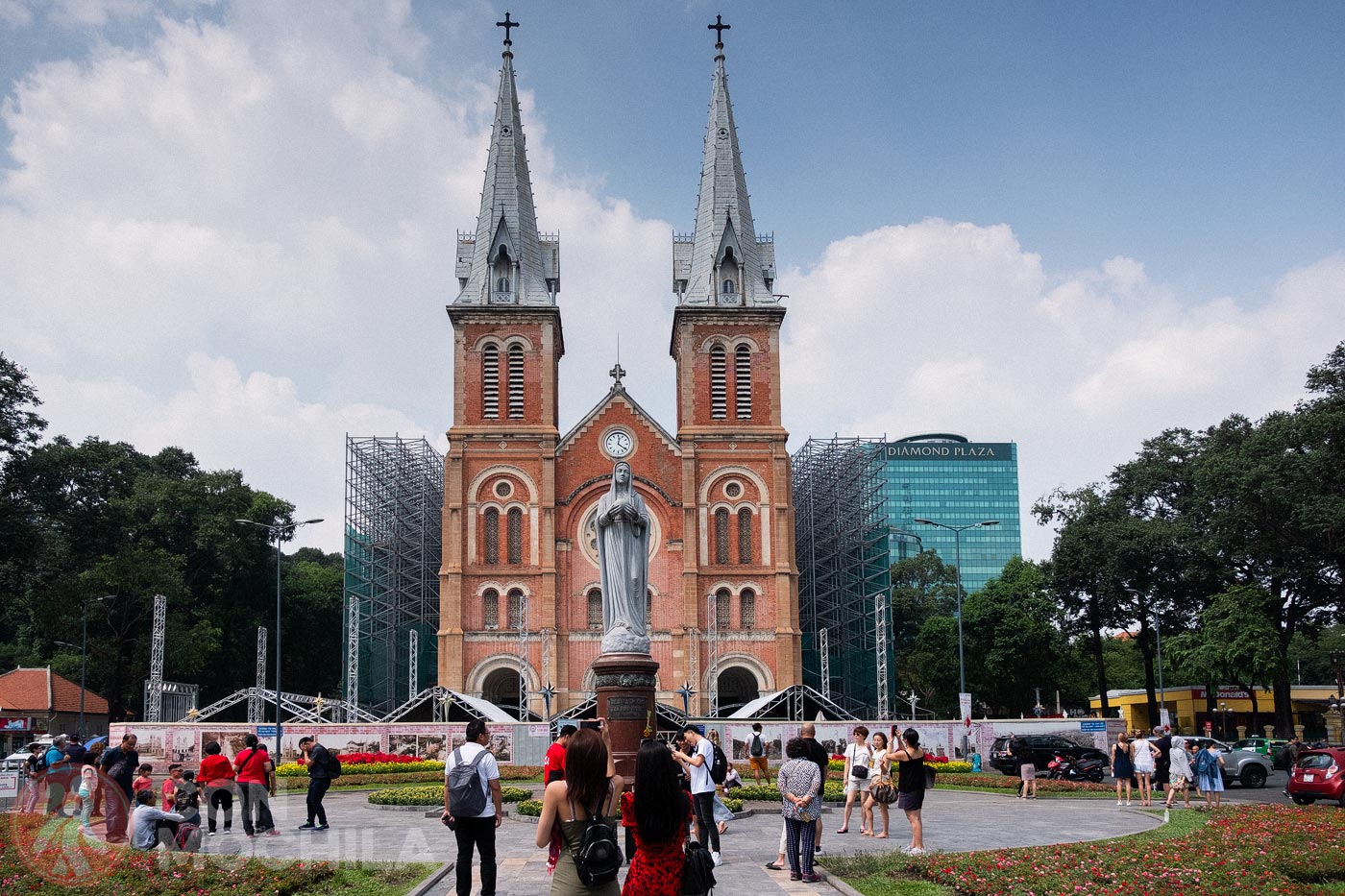
In 2005, it was said that the marble figure of the Virgin in the garden shed a tear down her cheek, attracting dozens of faithful who believed they were witnessing a miracle.
Designed by French architect Alfred Foulhoux, the Ho Chi Minh City Central Post Office is a 19th-century building from the French colonial era. Its Gothic and Renaissance-style exterior is yellow and white, with green shutters over the arched windows.
Inside, the arches, colorful marble floors, and vintage telephone booths transport us back to the era of the Indochina empire. Several maps of telegraph lines across Southeast Asia remind us that we were indeed in Vietnam.
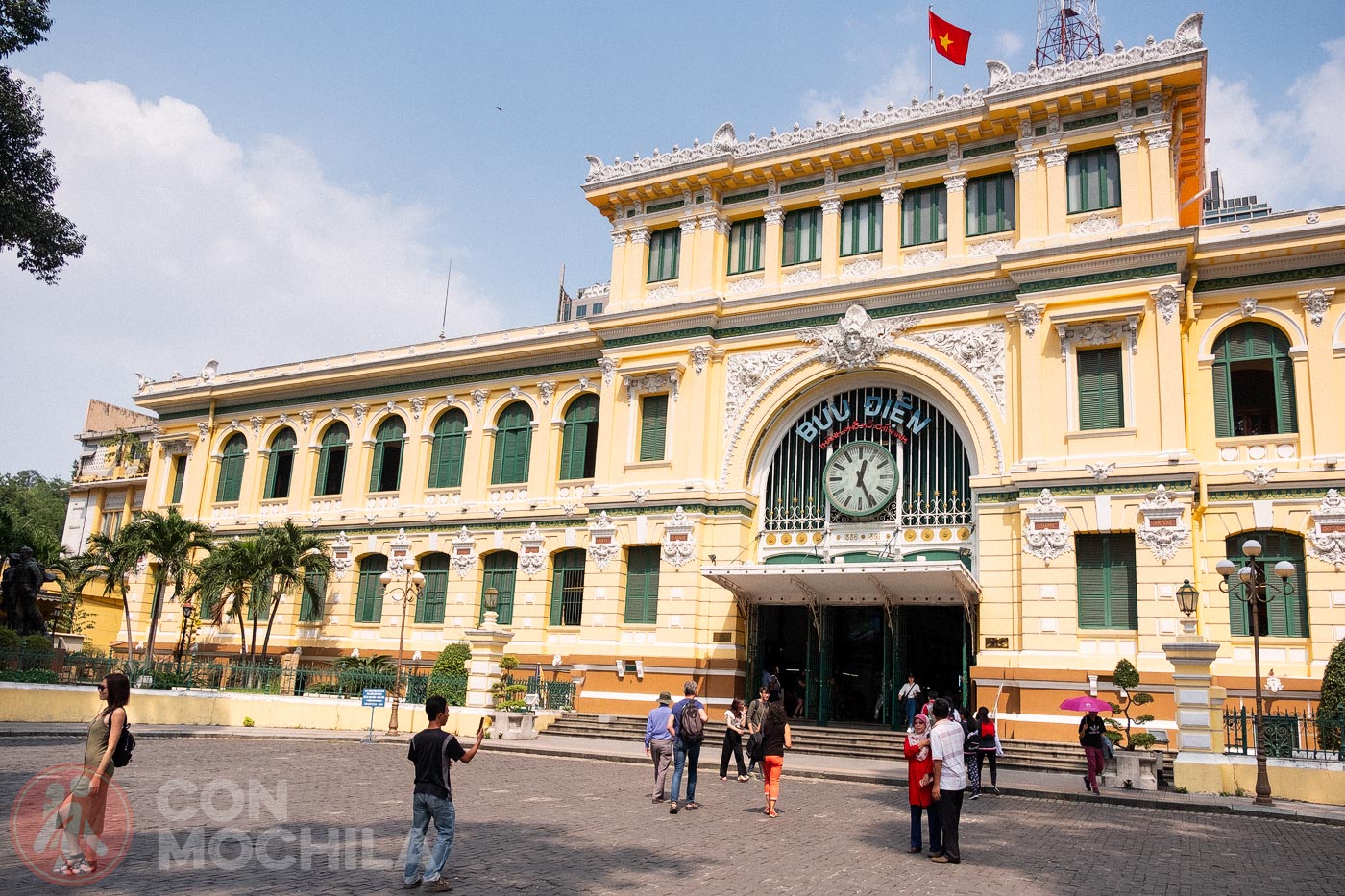
Built in the 18th century by the Cantonese community of Ho Chi Minh City, Thien Hau Pagoda is a Buddhist temple dedicated to the sea goddess Mazu. Legend has it that she saved several family members during a typhoon, and she is revered as the protector of ships and seafarers.
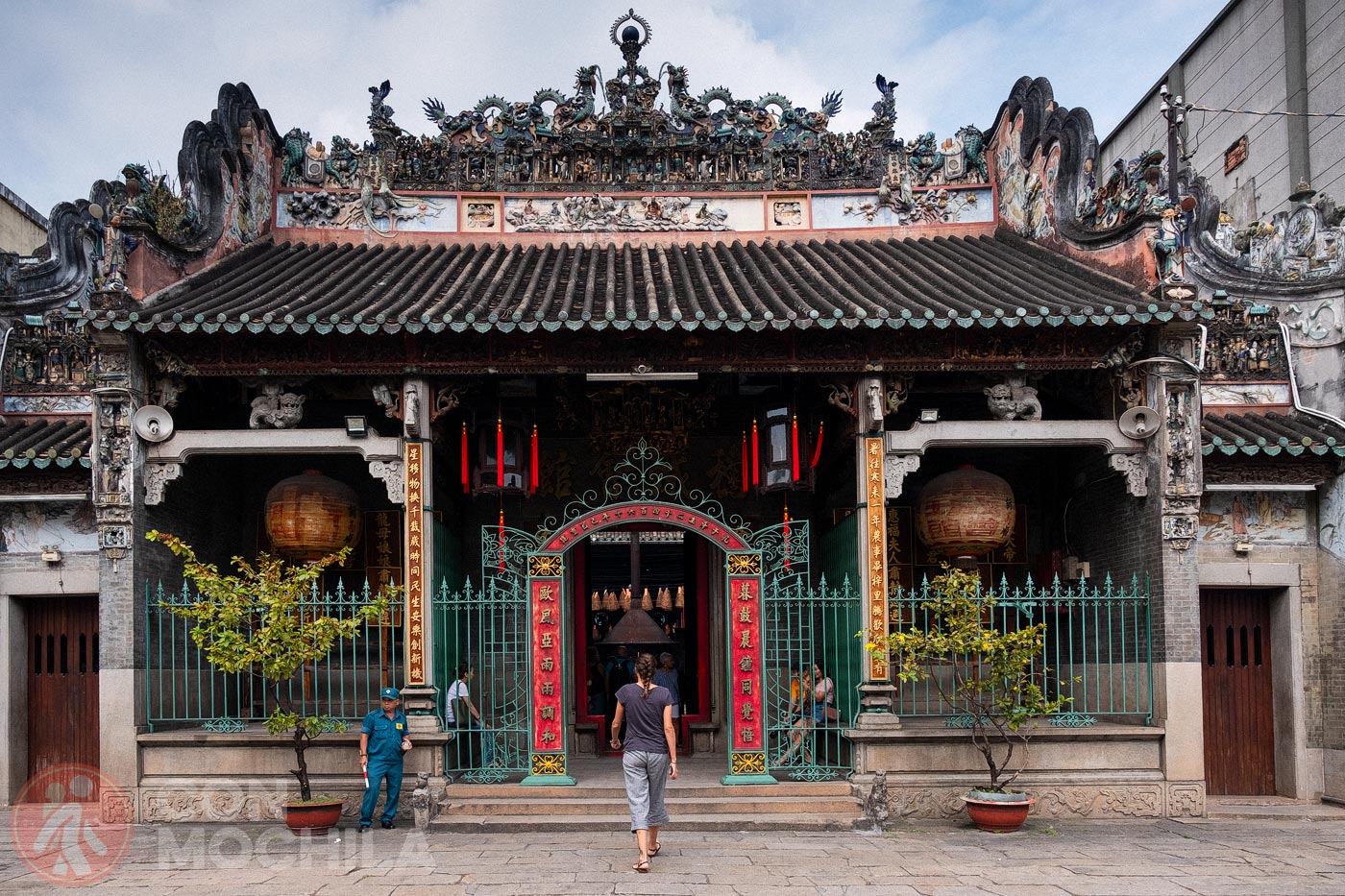
The temple is entered through a charming green gate, and inside, you’ll find an altar dedicated to Mazu with three statues of the goddess. The roof features battle scenes in relief.
Binh Tay Market offers more than 2,000 stalls selling food, crafts, fabrics, and more. Less touristy than the Ben Thanh Market, it allows you to observe locals buying and selling, and you can try dishes at some of the food stalls. Breakfast is the best time to go.
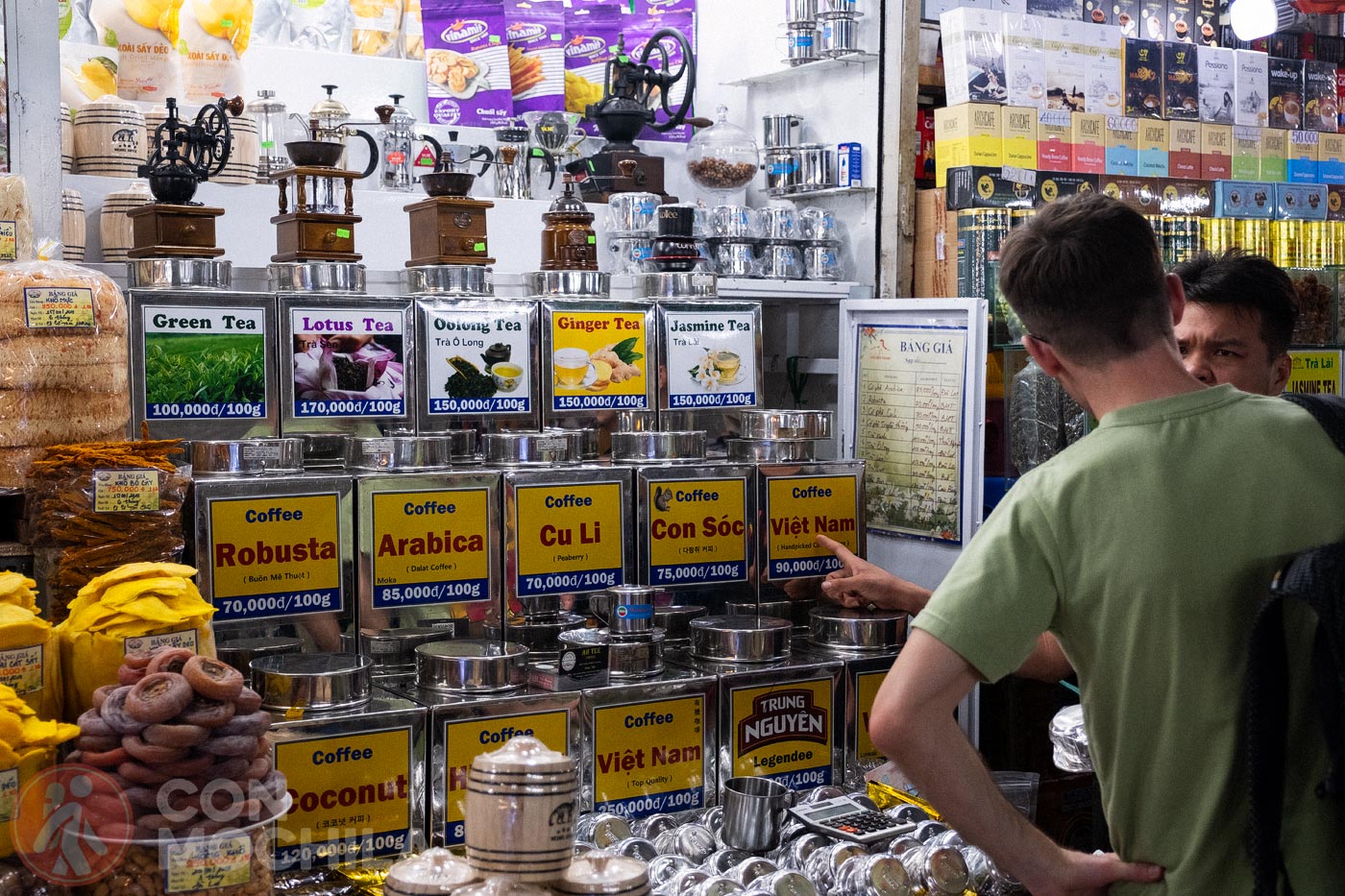
The building was constructed during the French colonial period by a wealthy Chinese merchant and is also known as the Cholon Chinatown Market.
The building we see today was designed by Vietnamese architect Ngo Viet Thu and built in 1962 on the foundations of the former Independence Palace.
The Reunification Palace is famous because two North Vietnamese tanks crashed through its main gates, marking the end of the Vietnam War in 1975.
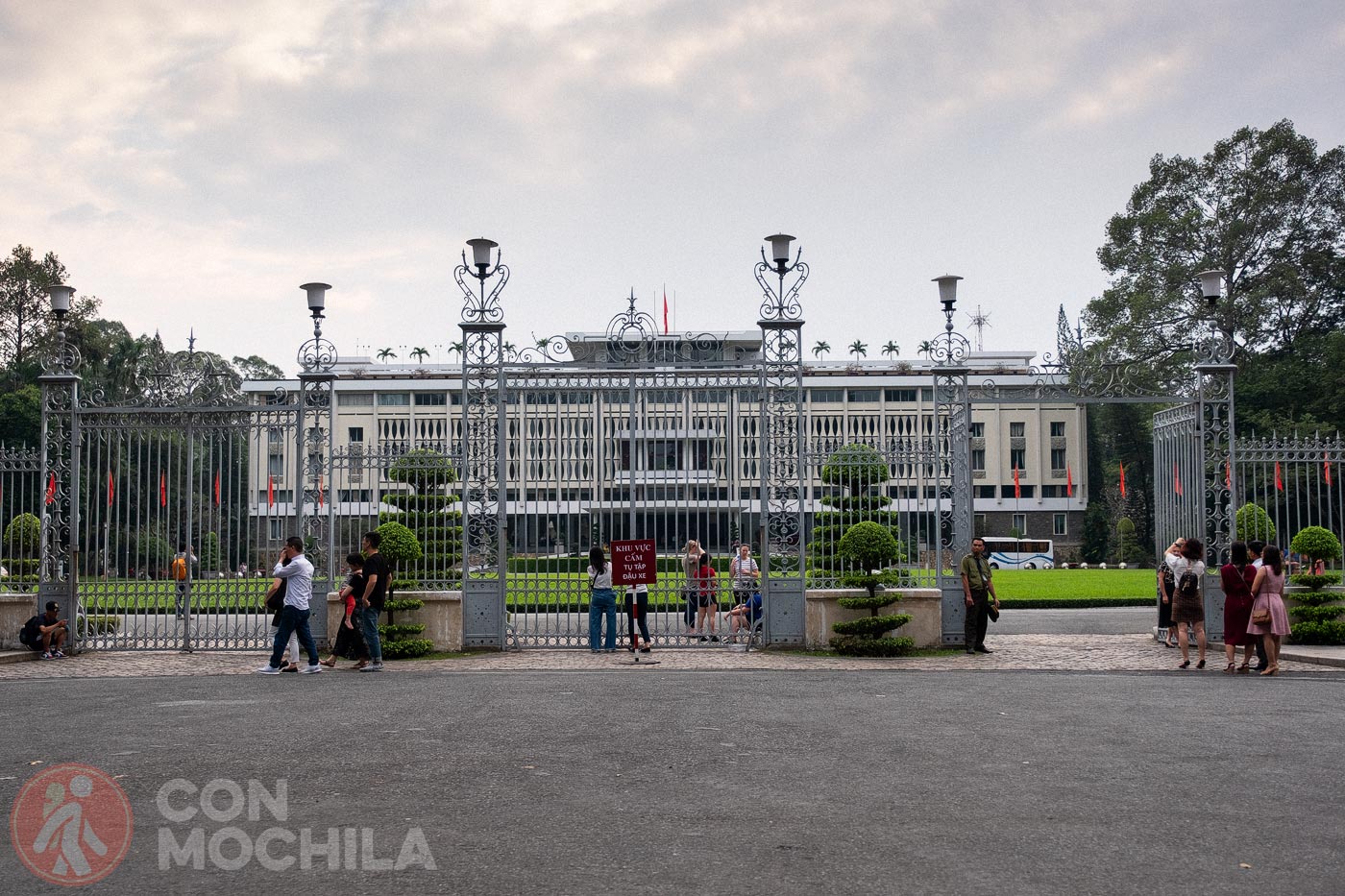
Inside, the basements still contain tunnels, rooms, and telecommunications equipment for military logistics, and even house a casino.
Built during the French colonial period in the 19th century on the foundations of an earlier wooden Catholic church, the Sacred Heart of Jesus Church in Ho Chi Minh City has a striking pink façade and is built in Romanesque style. It is the second-largest church in the city, after the cathedral.

The interior, also painted pink, is stunning, with beautiful stained-glass windows.
Located in the Phu My Hung district, a newly developed area with a shopping center and several American franchises, you’ll find the Anh Sao, or Starlight Bridge. It’s a modern bridge with a multi-colored light show that runs from Thursday to Sunday, as well as on special occasions.
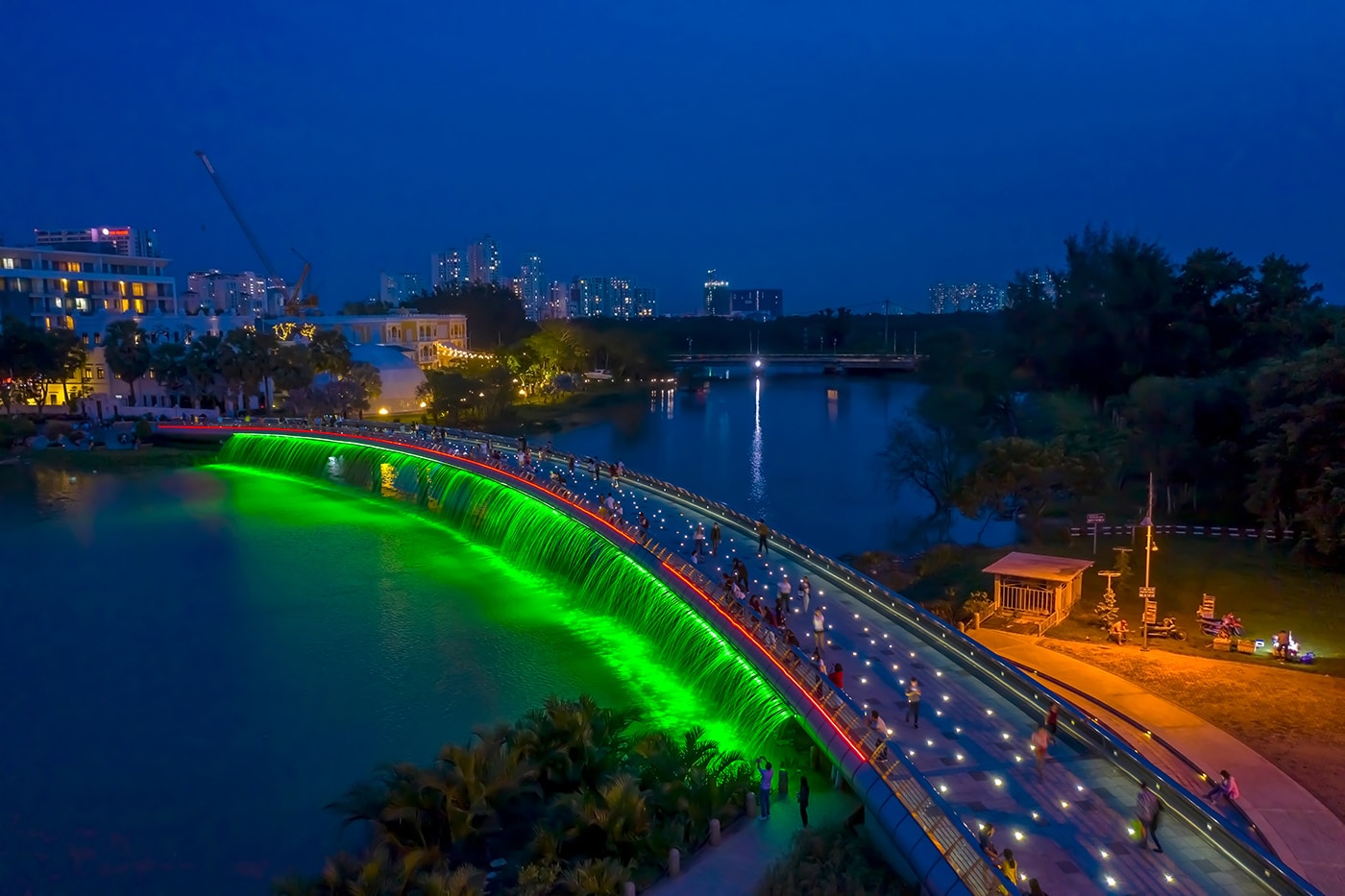
Built in 2010, this bridge has become very popular with locals. If you have time, it’s worth visiting to see the lights or take photos, but it’s not something to extend your stay in Ho Chi Minh for.
As one of Vietnam’s economic engines, Ho Chi Minh City, second only to Hanoi, offers what most major cities around the world have: a skyscraper observation deck.
The Bitexco Financial Tower, standing at 260 meters tall, has an observatory known as the Saigon Skydeck. From here, you can enjoy stunning views of Saigon and the river.
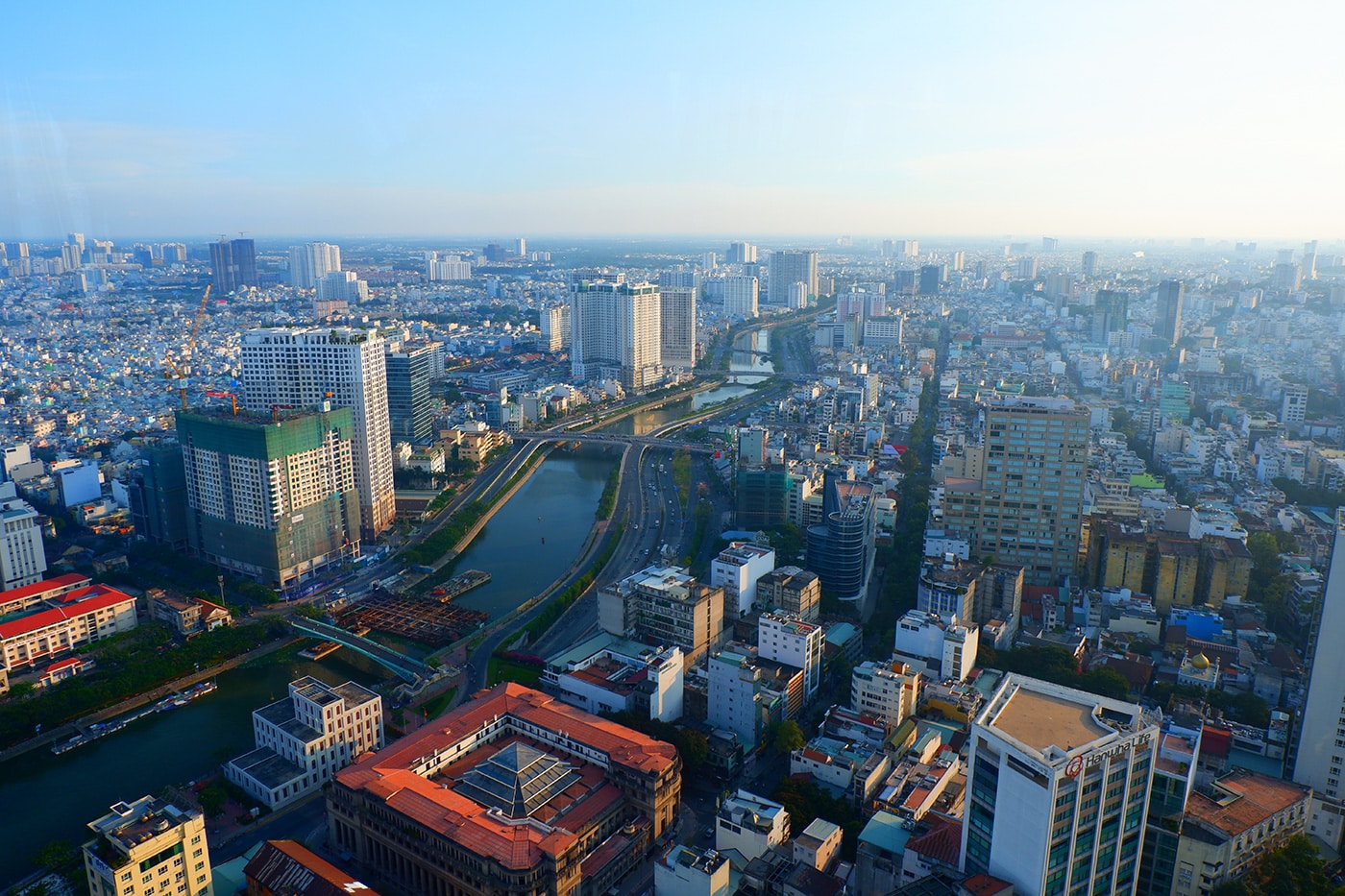
Several interactive screens provide information about the sights, including the history of the area and available services.
Another way of getting to know Ho Chi Minh City is talking a walking tour visiting its highlights and hidden gems.
Ho Chi Minh City is known for its chaotic traffic, and watching the motorbikes weave through pedestrians is an art in itself. We recommend a night scooter tour to explore various parts of the city with a specialized guide and try a few local dishes. It’s a great way to immerse yourself in the pulse of this bustling metropolis.
The Mekong River stretches approximately 4,600 kilometers from its source in Tibet to its mouth in the South China Sea. As it flows through China, Myanmar, Thailand, Laos, Cambodia, and Vietnam, the river changes names, nourishes villages, and floods landscapes, offering stunning views along its journey.
In its final stretch, the river fans out across southern Vietnam, forming what is known as the Mekong Delta.
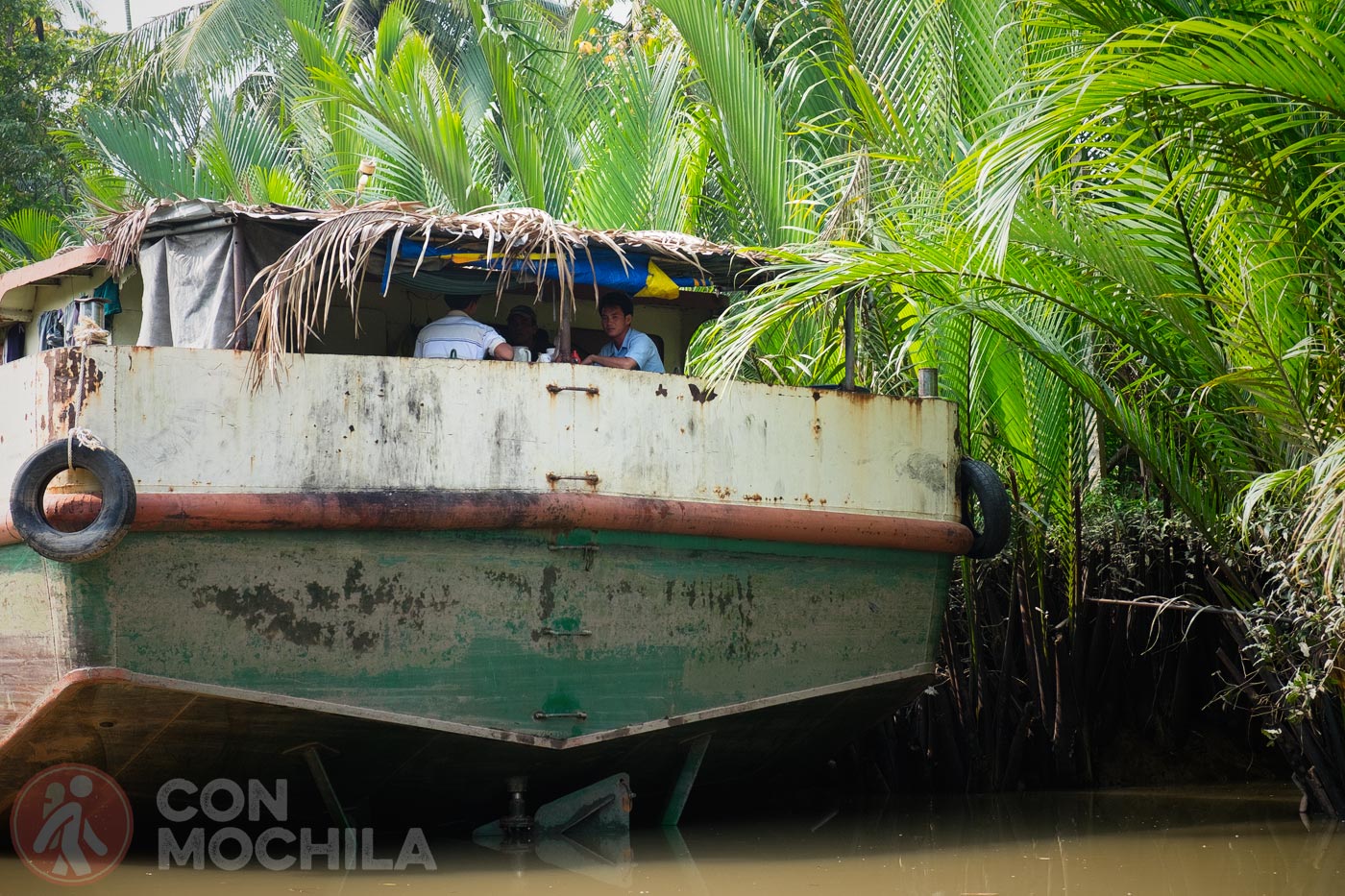
We explored this vibrant area from Ben Tre, a quieter region compared to others closer to Ho Chi Minh City.
With a 2-day private tour of the Mekong Delta, you’ll discover this important river region, filled with canals and rice fields, and get up close to its famous floating markets.
Alternatively, you can opt for a shorter, full-day tour of the Mekong Delta by speedboat, which includes visits to fields, markets, and a taste of traditional food.
Our primary reason for visiting Cat Tien National Park, located about 150 km north of Ho Chi Minh City, was undeniably the gibbons.
This protected tropical rainforest, covering 72 hectares, is home to a wide variety of wildlife, including elephants, bears, buffaloes, lorises, macaques, and langurs. Even tigers and leopards have been captured on camera!
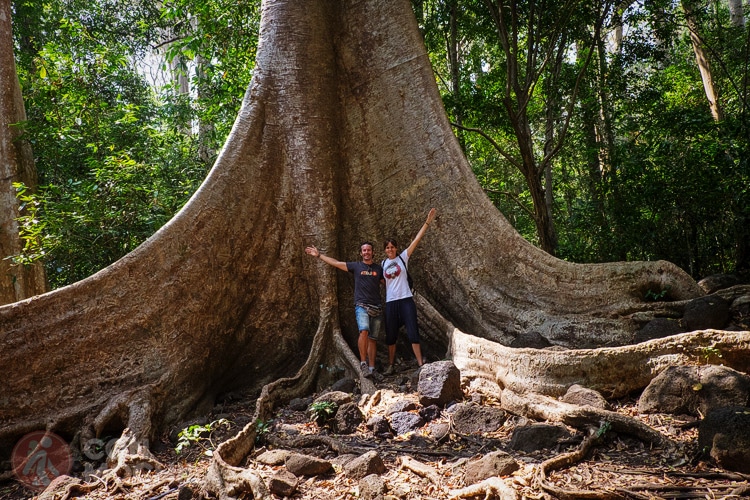
The highlight of our stay was lodging in a cabin at the Cat Tien Forest Call Lodge, nestled deep within the park.
You can also explore Cat Tien National Park in 2 days visiting Crocodile Lake.
Imagine a narrow, dark space, full of rodents and worms, so low that you can only crawl on all fours. Now imagine it as your only shelter from the enemy. This was the reality of the Cu Chi tunnels during the Vietnam War.
Today, the area has been turned into a memorial park to help visitors understand what life was like during that time.
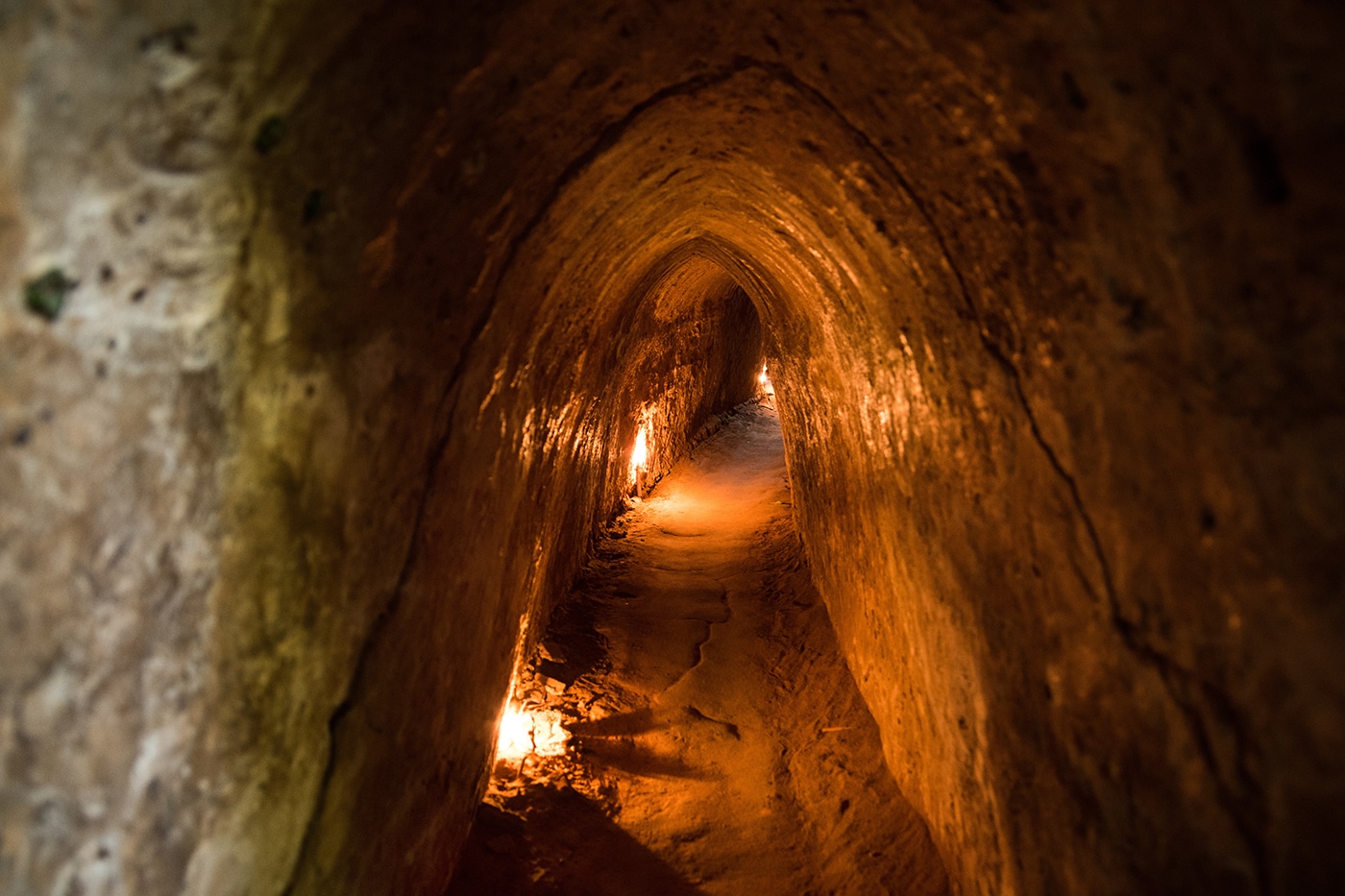
You can explore a 100-meter-long tunnel that has been widened for tourists, but even after 25 meters inside, we felt we’d experienced enough.
You can take a guided tour to the Cu Chi tunnels or opt for a combined tour that includes the tunnels and a boat ride along the Mekong Delta.
Cao Dai is a religion founded in 1926, combining what its followers believe to be the best elements of other religions, including Taoism, Christianity, Buddhism, and Confucianism. They follow principles such as veganism, non-violence, and ancestor worship.
A few kilometers from the city, we could visit one of the remarkable temples of this religion.
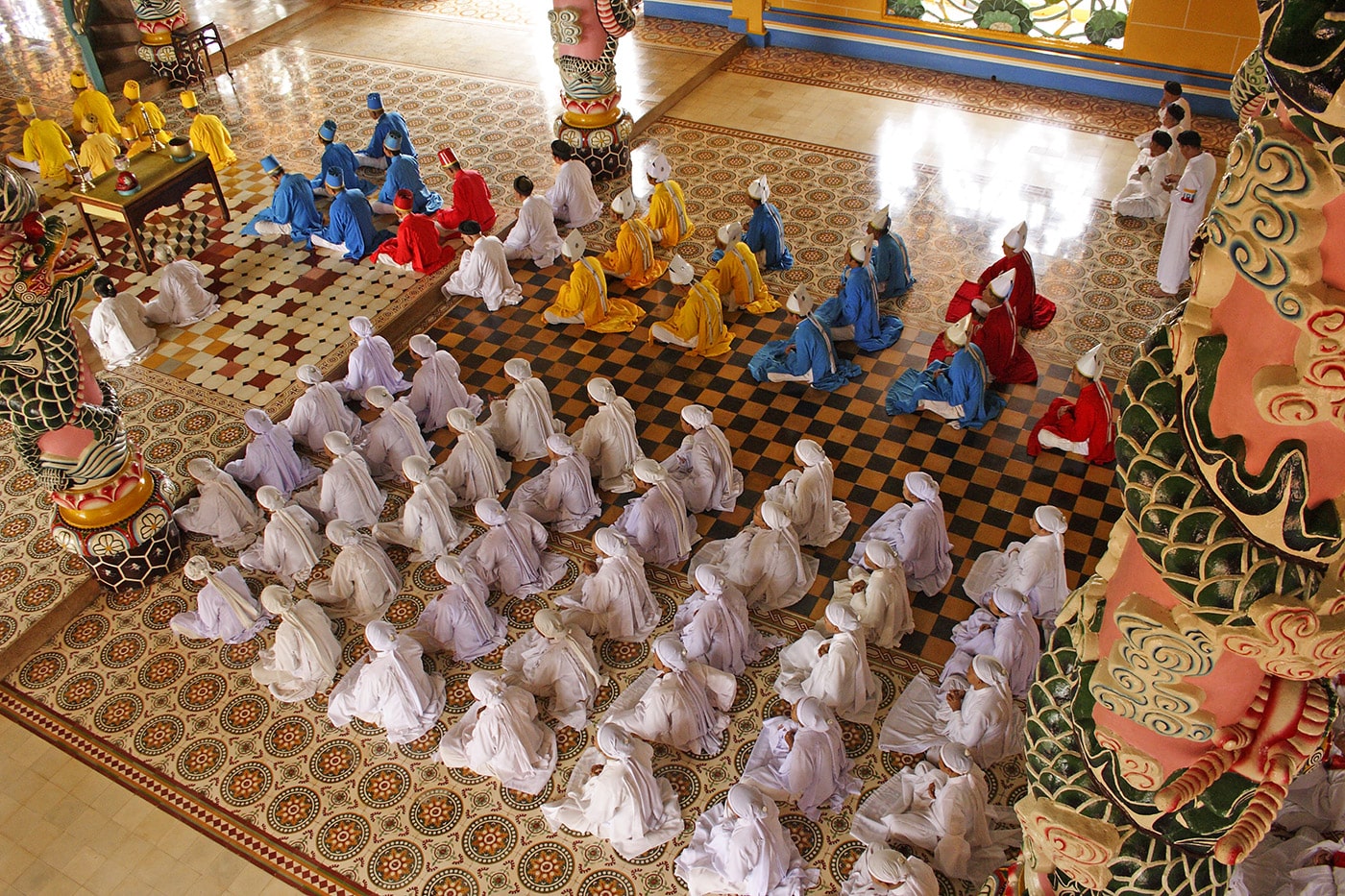
Access is free, and inside, we witnessed followers dressed in white, praying in stark contrast to the temple’s vibrant and colorful interior.
We recommend taking a tour to the Cao Dai Temple, which can be combined with a visit to Black Virgin Mountain and the Cu Chi tunnels.
New Sunny Saigon: The New Sunny Saigon Hotel is located in District 1 of Ho Chi Minh City, right on De Tham Street, surrounded by restaurants, bars, and massage centers.
The New Sunny Saigon offers rooms similar to those in the Sawasdee chain in Bangkok: small, with air conditioning, TV, and an ensuite bathroom. Everything is decorated in white and gray tones. There is Wi-Fi available on all floors. However, what we appreciated most was the friendliness of the staff and the dining area on the top floor, resembling an attic.
For more options, you can also check out what we think are the best accommodations in Ho Chi Minh City. Here are our recommendations:
Vietnamese cities, like many in Southeast Asia, are not yet fully walkable. While you can explore some areas on foot, for longer distances, it’s more practical to take a taxi. Make sure to agree on the fare in advance or insist that the driver uses the meter. Alternatively, you can use ride-hailing apps like Uber or Grab (they even offer motorbike options).
There is also an extensive network of city buses that can take you to more distant areas. You can check the routes using this search engine: Transport in Vietnam.
Click on the image and it will take you to a new Google Maps window with all the points of interest to travel around Ho Chi Minh City.